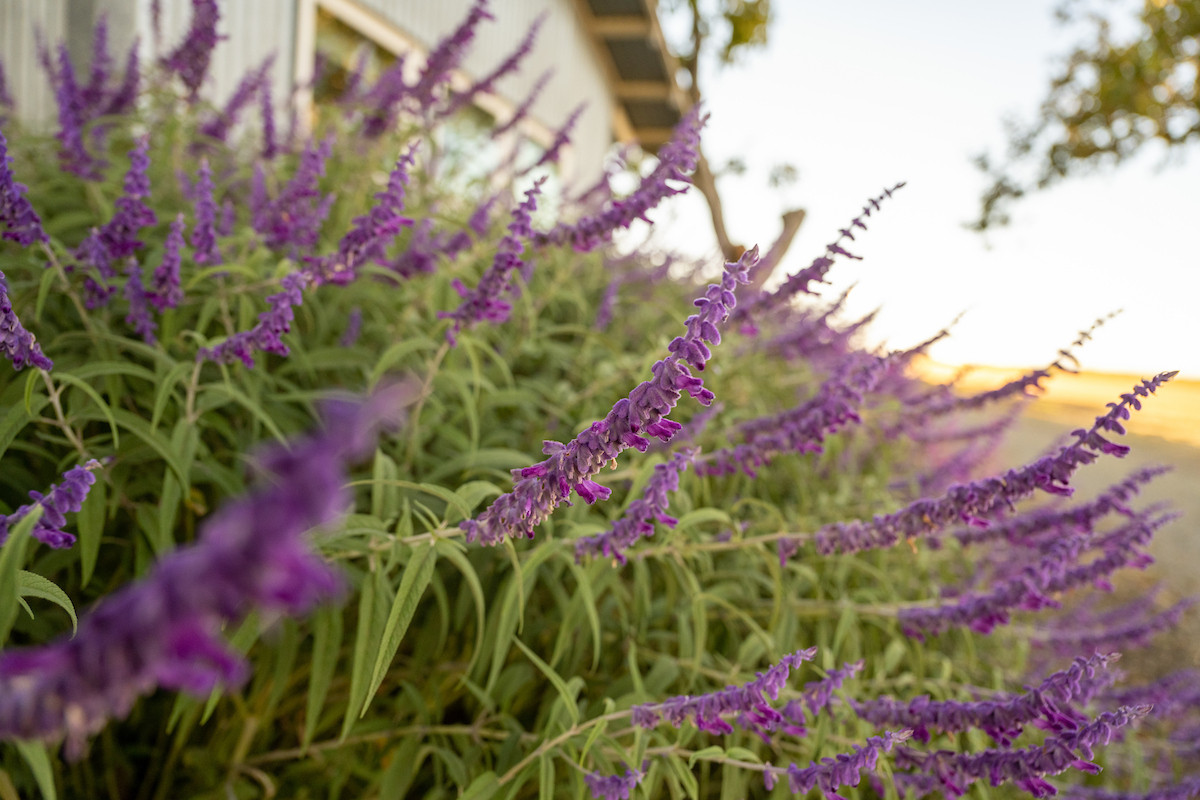NEW REPORT: Smarter Land Use Planning is Urgently Needed to Safeguard Pacific Northwest Land That Grows Our Food
WASHINGTON, DC – Smart growth and investment in Pacific Northwest downtowns and main streets must occur now to secure the land that grows our food, according to American Farmland Trust’s new report Farms Under Threat 2040: Choosing an Abundant Future and the accompanying web mapping tool.
AFT’s Farms Under Threat research has shown that by 2040, as many as 527,185 acres of farmland may be lost to urban and low-density conversion across the Pacific Northwest (Washington, Oregon and Idaho). While this may seem small compared to the total amount of agricultural acreage in the region, most of that loss will be highly concentrated around urban centers experiencing rapid population growth, particularly in the Puget Sound and the Boise, Portland and Spokane metro areas. This loss will disproportionately impact the region’s most productive, versatile land, threaten the future for small and peri-urban farms and limit opportunities for new and beginning farmers.
By 2040, agriculture in the region will also be significantly constrained by water. On one hand, severe drought conditions will further deplete scarce irrigation resources. On the other hand, rising sea-levels will displace farmland and create greater pressure to develop upland agricultural land. Couple those climatic factors with increased pressure from urban, low-density and solar development, and the land base will be squeezed from all sides.
Of the three Pacific Northwest states, Washington will be the hardest hit, followed by Idaho, and then Oregon.
Washington
If recent trends continue, 192,301 acres of Washington’s farmland and ranchland will be paved over, fragmented, or converted to uses that jeopardize agriculture by 2040. That represents an area more than twice the size of Seattle. Spokane, Pierce, and Snohomish Counties will be the hardest hit.
In the worst-case scenario of runaway sprawl, Washington could lose as many as 238,614 acres of farmland.
By making smart growth choices and investing in farmland protection today, Washingtonians can save 118,100 acres of farmland and ranchland. That is the equivalent of saving 1,720 farms, $102 million in farm output, and 4,387 jobs.
Protecting Washington’s farmland from development is even more important given that by 2040, an additional 39,320 acres of Washington’s agricultural land may be compromised by rising seas due to climate change and protecting that land from sea level rise will come at increasing cost, including the costs to rebuild, repair and upgrade existing drainage infrastructure.
Oregon
If recent trends continue, 109,097 acres of Oregon’s farmland and ranchland will be paved over, fragmented, or converted to uses that jeopardize agriculture by 2040. That represents an area larger than the city of Portland. Deschutes, Jackson, and Lane counties will be the hardest hit.
In the worst-case scenario of runaway sprawl, Oregon could lose as much as 142,267 acres of farmland.
By making smart growth choices and investing in farmland protection today, Oregonians could save 81,200 acres of farmland and ranchland. That is the equivalent of saving 881 farms, $49 million in farm output, and 1,905 jobs.
Idaho
If recent trends continue, 113,075 acres of Idaho’s farmland and ranchland will be paved over, fragmented, or converted to uses that jeopardize agriculture by 2040. That represents an area more than twice the size of Boise. Ada, Canyon, and Kootenai Counties will be the hardest hit.
In the worst-case scenario of runaway sprawl, Idaho could lose as much as 146,304 acres of farmland.
By making smart growth choices and investing in farmland protection today, Idahoans can save 81,500 acres of farmland and ranchland. That is the equivalent of saving 495 farms, $55 million in farm output, and 1,090 jobs.
“As much of the country becomes increasingly inhospitable due to rising temperatures and drought, the Pacific Northwest may see even greater population pressure than Farms Under Threat was able to account for,” said Addie Candib, AFT Pacific Northwest Regional Director. “The decisions our communities make now, with respect to housing density and urban growth, will be essential in ensuring we can accommodate additional population increases without compromising more farmland and open space.”
For a brief summary of national results: National media release
Register for July 12, 2022, Washington Webinar here
Register for July 21, 2022, Oregon Webinar here
Register for July 26, 2022, Idaho Webinar here
###
American Farmland Trust is the only national organization that takes a holistic approach to agriculture, focusing on the land itself, the agricultural practices used on that land, and the farmers and ranchers who do the work. AFT launched the conservation agriculture movement and continues to raise public awareness through our No Farms, No Food message. Since our founding in 1980, AFT has helped permanently protect over 6.8 million acres of agricultural lands, advanced environmentally-sound farming practices on millions of additional acres and supported thousands of farm families.




